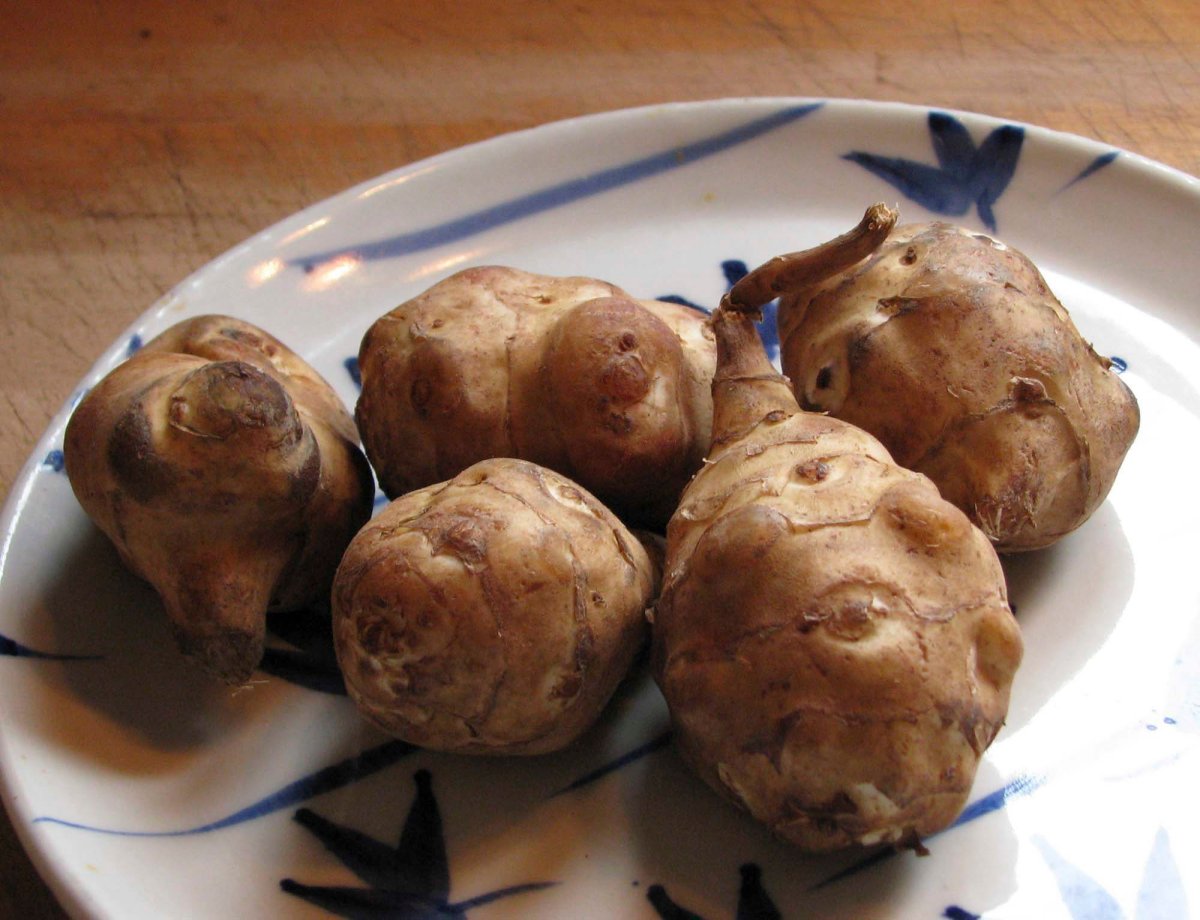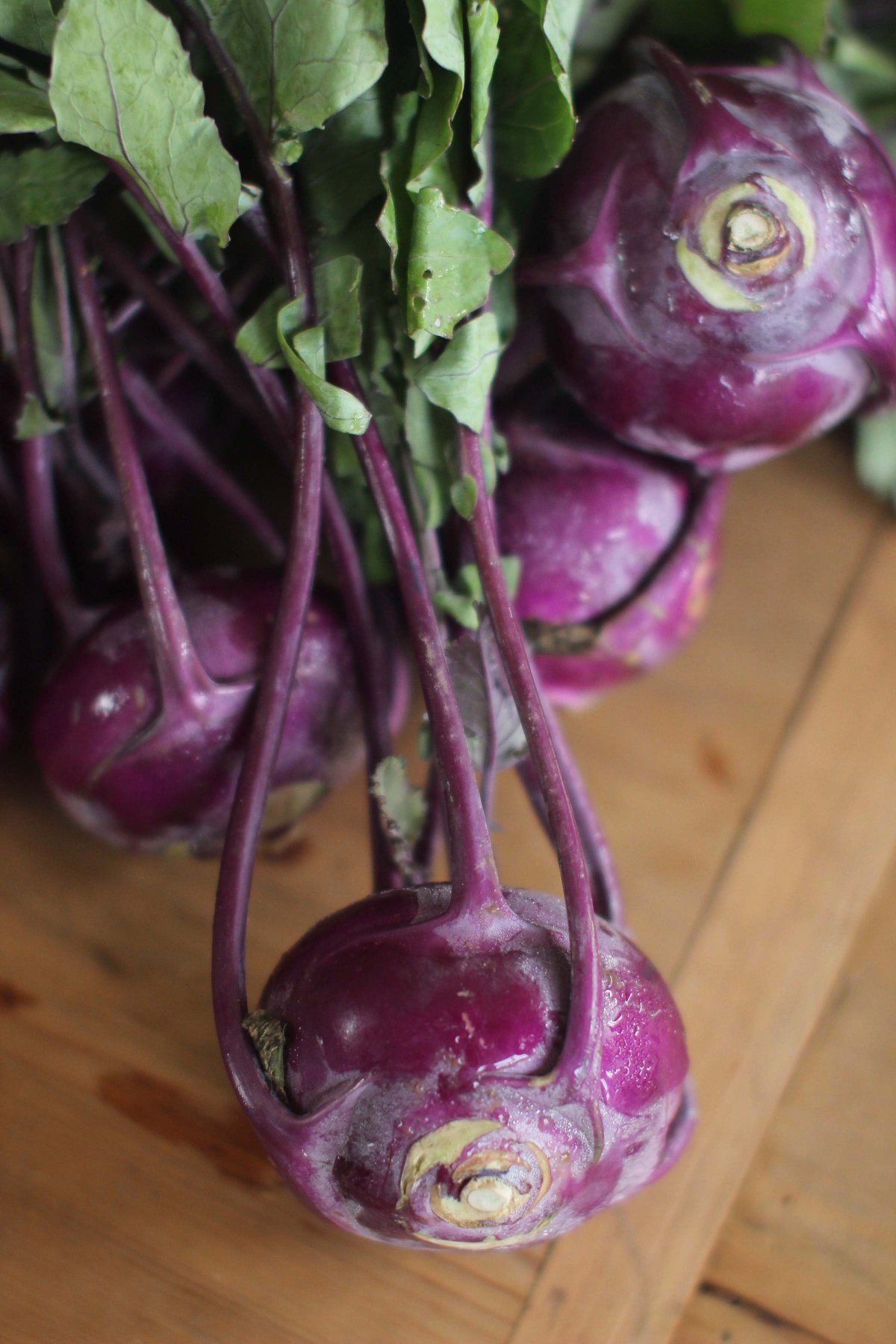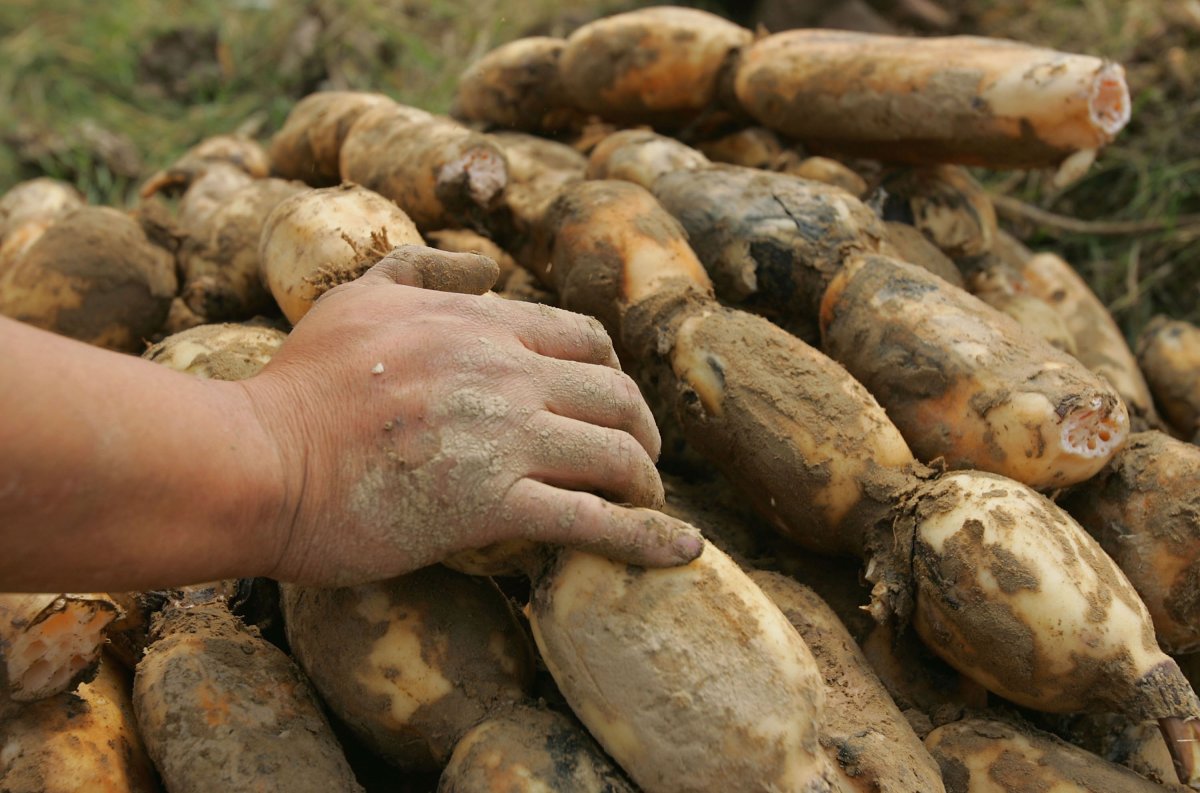TORONTO – When it comes to vegetables, Carla Kelly wants you to think outside the box.

The author of “True to Your Roots: Vegan Recipes to Comfort and Nourish You” has created 150 recipes featuring many of those “ugly” roots, tubers and rhizomes that you see in the produce aisle but are perplexed about how to prepare.
Kelly noticed a few years ago that vegetables like kale and squash were getting lots of buzz while plenty of others — carrots, rutabaga, turnips, parsnips — seemed to be overlooked.
And then still others — like kohlrabi, celeriac, jicama, Jerusalem artichoke and lotus root — were really ignored.
“I thought, ‘These poor old mashed potatoes on my plate are not getting any love and there must be more to root vegetables than just an afterthought.'”
As part of her research, Kelly haunted ethnic and mainstream grocery stores in her Vancouver neighbourhood to see what was being stocked and ways to prepare — can the item be eaten raw or does it require cooking, for example — before launching into recipe development.
Her biggest challenge was trying to create recipes for breakfast items and desserts, as most people traditionally think of root vegetables in side dishes, salads and perhaps main dishes.
- As Loblaw boycott begins, what to know about all the company’s brands
- $34B Trans Mountain pipeline expansion project opens after years of construction
- N.S. man stuck abroad due to lack of available hospital beds ‘in our own province’
- As flu season fades, spring and summer viruses emerge. What are they?
Kelly, who has written three other vegan cookbooks and has a blog, came up with muffins incorporating sweet potatoes and quinoa, carrot cake pancakes, taro hash brown cakes, and a strata layering potatoes, daikon and sweet potatoes. For dessert, there’s celeriac brownies, red velvet swirl coffee cake using beet juice, and cheesecake with parsnip and carrot mince.
“I think a lot of people will be pleasantly surprised … about how ‘normal’ they taste, about how they may look funny or may have weird names, or you might not have come across them before, but they are delicious and they fill that need for comfort food if that’s what you’re looking for from your root vegetables. And you can be creative with them.”
One thing Kelly learned is that some root vegetables discolour quickly when sliced. She suggests putting them in acidulated water — a squeeze of lemon or lime juice in 250 ml (1 cup) of water will stop the discoloration.
Here are some underappreciated vegetables that Kelly hopes you’ll learn to love:
JICAMA
This crisp Mexican root vegetable, which looks a bit like a potato, tastes mild and sweet. It can be eaten raw with dips or added to salads. It retains its crispness when cooked or it’s refreshing as a juice.
Kelly uses it in fruit salad with melon and also in a tart with Asian pears.
“Both the Asian pear and jicama retain quite a bit of crispness when they’re cooked and there’s a lovely contrast in the tart.”
CELERIAC
This relative of celery has a mild taste.
It can be challenging to prepare because the thick skin is hard to peel. The knobby bits at the bottom where the roots grow need to be trimmed because dirt gets trapped there.
But the effort is worth it.
“It blends really well, it gets really smooth, even silky,” says Kelly.
Roasting brings out a sweet flavour, delicious in hummus.
SUNCHOKES
Some people call them Jerusalem artichokes, but they’re from a native American plant related to the sunflower, says Kelly.
Sunchokes are mild with a hint of sweetness.
“They’re a little bit neutral, like a potato,” says Kelly.
“Those are a vegetable that’s wonderful raw because they’re really crisp and crunchy and they make really nice juice as well, but also when you cook them they get really soft and creamy.”
Because the skin is very thin, scrubbing to get rid of the dirt alleviates a need for peeling. Besides, they’re difficult to peel because they’re knobby.
“They look like little bits of ginger — the offshoots look like hands almost,” says Kelly.
The skin can be eaten, so you can leave it on when cooking.
KOHLRABI
Also known as German turnip, kohlrabi is another mild vegetable with a very slight almost nutty flavour. The taste and texture are similar to broccoli and the vegetable can be eaten raw or cooked.
It has a thick skin that needs to be removed. The leaves can be chopped and sauted like spinach or other leafy greens.
It’s wonderful in coleslaw, salad or as a crudite. When cooked, the texture is similar to a firm potato.
LOTUS ROOT
Lotus root is sold whole — it is about the size of a large baking potato or slightly larger — or peeled and wrapped in cling film. If it has been sliced and the slices are not as thin as desired, Kelly runs them through her mandoline.
Lotus root cannot be eaten raw, she cautions. It doesn’t take long to cook and it retains its crunch and crispness.
It lends itself well to Asian preparations.




Comments